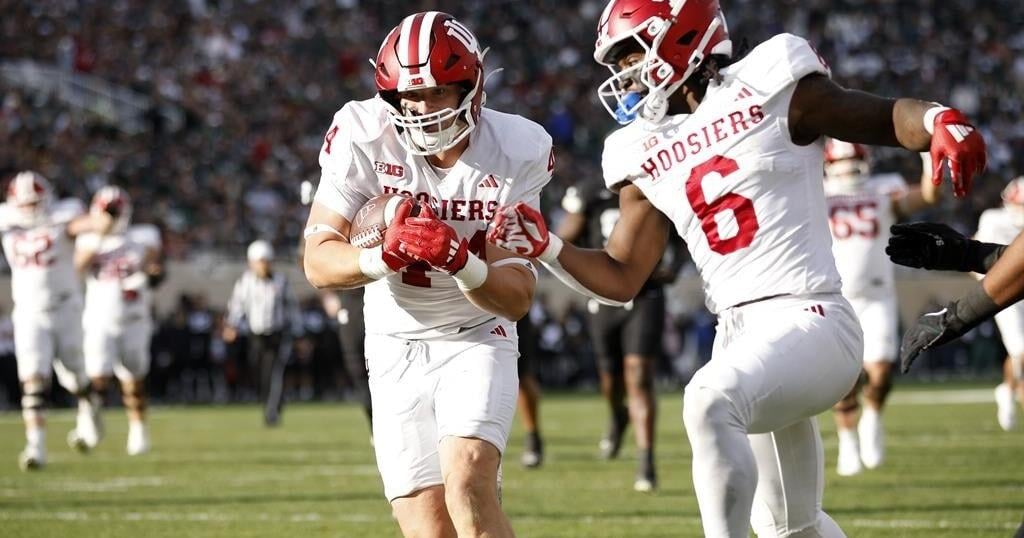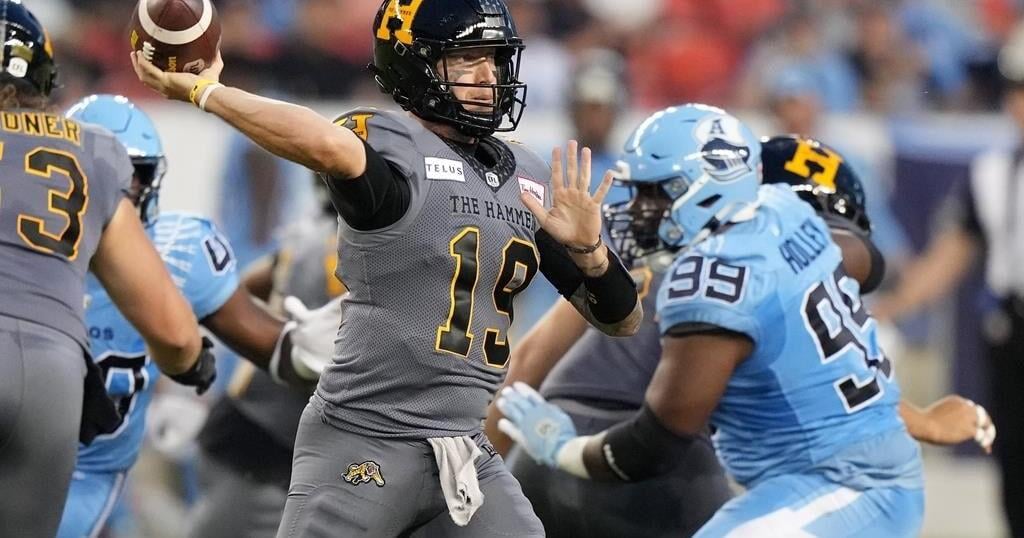A good rule of thumb in the buildup to the NBA trade deadline is to always remember that every available player is available for a reason. They’re old, they’re unhappy, they’re defective, they’re replaceable. Teams generally don’t find cornerstones at the deadline. They add niche pieces for specific roles or aging veterans with enough left in the tank for one last ride. Sellers don’t sell their younger players with premium skill sets. They keep them.
That is especially true on offense. Multi-level scorers are usually impossible to find in the middle of the season. Vince Carter is the only player in NBA history to be traded in a season in which he averaged at least 20 points per game and shot above 40 percent on 3-pointers (on at least two attempts per game), and he himself pushed for that deal. Lower the scoring threshold to 15 and the list is still only 10 players long. Bump the shooting threshold up to 43 percent from there and the list drops back down to two: Cuttino Mobley in 2005 and Al Harrington in 2007. Both had more NBA experience at the time of their trades than Norman Powell does now.
That, in part, explains Powell’s availability. He has started 119 games in his career, only 11 more than LeBron James did as a teenager. In fairness, Powell’s play didn’t warrant a starting slot earlier in his career. This is only his second season scoring in double figures. He shot 28.5 percent from behind the arc only three seasons ago. His ascent with the Toronto Raptors has been as meteoric as it was unexpected. Nothing from the early portion of Powell’s career suggested he was going to become one of the NBA’s best all-around scorers.
Yet here we are, a day away from a deadline in which Powell might be the best scorer that gets traded. If he does get dealt, he would become the highest-scoring 43 percent 3-point shooter ever to be traded at 19.5 points per game. The ends aren’t as impressive as the means. Powell generates points in just about every way that an NBA player can do so. He shoots at least 41 percent on both pull-up and catch-and-shoot 3s. He draws more fouls on a per-possession basis than Kyrie Irving and Paul George, makes 64 percent of his field goals in the restricted area and ranks in the 85th percentile or better in terms of spot-up, isolation and pick-and-roll scoring efficiency. He is that preciously rare multi-level scorer, a possible deadline addition as capable of creating shots for himself as he is benefitting from the ones a superstar makes for him.
This begs the question that frames most deadline deals: What’s the catch? Why is he available? He’s not old. At 27, he’s still quite young, and given how few minutes he’s played and games he’s started, there’s an argument to be made that he still has a fair bit of room to improve. Is he unhappy? Not that we know of. He’s not defective, either. His height (6-3) can prove a bit problematic on defense in certain matchups, but his 6-11 wingspan more than makes up for it, and Powell has never been a glaring negative on defense. He’s already played rotation minutes on a championship team before. Teams don’t need to worry about him getting played off the floor.
If anything, his defect is that he’s too valuable. Powell has an $11.6 million player option for next season. He is expected to decline that and seek a salary in the neighborhood of $20 million per year. It’s one that he’s earned. Jerami Grant earned a similar contract without ever posting the numbers Powell is putting up now. Paying Powell market value might not bother some teams. It seems to bother the Raptors, who have carefully spent the past several years carving out significant cap space for this offseason. They did so with Giannis Antetokounmpo in mind, but even with the superstars now spoken for, Toronto is nine games below .500 with Powell and Kyle Lowry in place. Wanting to retool around the existing core of Fred VanVleet, OG Anunoby and Pascal Siakam is understandable, and it’s not fully possible with Powell on the books.
Teams with more modest offseason ambitions don’t need to worry about that. Powell will be expensive, yes, but acquiring him now could allow an interested party without 2021 cap space to get him, and use his Bird rights to keep him, when they otherwise wouldn’t have had the chance to do so. That’s a chance to circumvent not only the salary cap, but historical norms.
Players like Powell just don’t become available particularly often. That doesn’t make him a superstar, but it makes him the hidden star of the 2021 trade deadline. Some team is going to add the sort of player most of the league doesn’t have access to at this point in the season, and if the right team does so, it won’t only impact the coming postseason, but change the face of a contending roster for years to come.


























